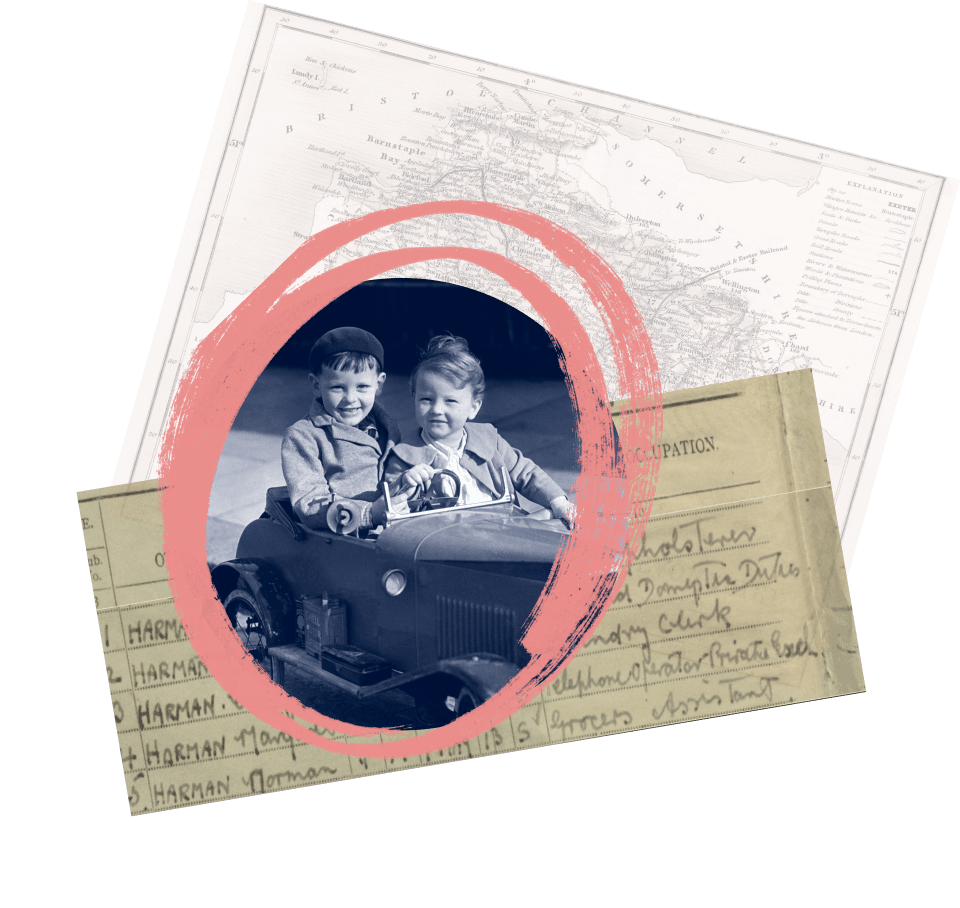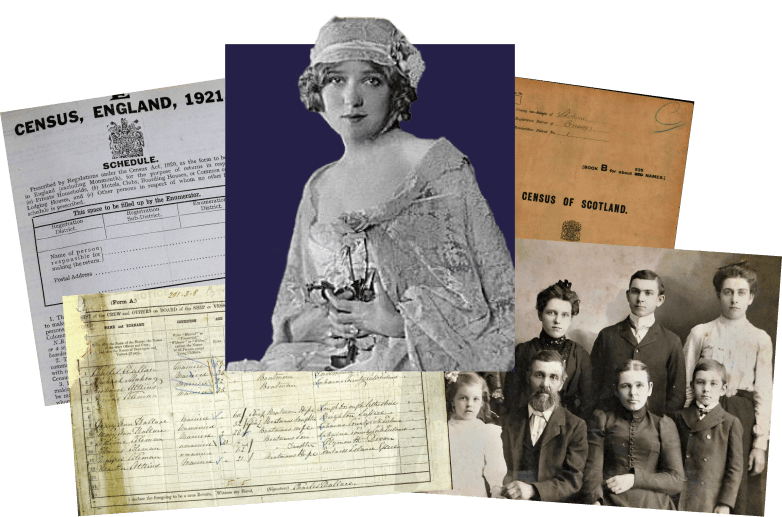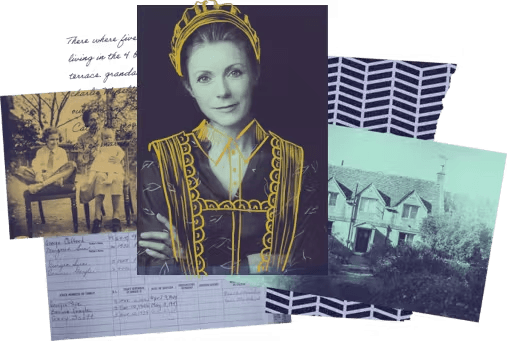Search 1871 England, Wales & Scotland Census
Who are you looking for?

Who are you looking for?

Search for your ancestors amongst the 26 million people who were living in England, Wales and Scotland on April 2nd, 1871, and discover a detailed snapshot of their life at the time - their age, occupation, where they lived, who they lived with, their marital status and many more details about their lives and relationships.

The amount of information listed varies, but the 1871 census records usually include the following information about your ancestor:
As well as searching for a person, you can also search the 1871 census by address - ideal for tracing your house history or exploring the local history of an area.
By noting how many households there were in a building, and whether the household included servants or boarders or visitors, you can gain insight into the social circumstances of the family.
When the 1871 census was taken on the night of 2 April 1871 the total population was recorded as 26,072,036. For the first time, the General Register Office attempted to co-ordinate taking a census across all the colonies and dependencies in the British Empire. The results found that there were 234,762,593 people in the British Empire.
As well as the information listed above, in 1871 the census may have recorded additional information about the property in which your relative was living. Piece number 693 is missing from the 1881 census: house numbers 17-22 Cunard Street, Camberwell, London. Part of house number 16 could be missing too if the house contained more children, a boarder or a visitor.
As with all historical research, the golden rule of family history is to check the original record, or "primary source", wherever possible. We have provided clear images of the original census enumeration books for you to view once you've found the right family in the indexes.
When using census returns, once you have located your ancestor in the census, you should then view the original images to validate your findings. The image of the original document will also help you see the household in the context of surrounding households as all the information will be provided in one clear place, as it was originally written down.
The original documents would have been given to your ancestor several days before 2 April, and the head of household would have been asked to fill in the details for anyone who would have been residing at that address on the census date. If the head of the household was unable to read or write, the enumerator - a literate person who would be collecting the census forms - would help fill in the details. Because of this, however, you may note mistakes that were made, such as name spellings. It should also be noted that many people were often economical with the truth when it came to their ages.
Note: the census includes details of people resident in docked vessels and institutions such as prisons, workhouses, hospitals, and barracks, as well as individual households.

Take a look at these other related record sets suggested by Findmypast’s genealogy experts.